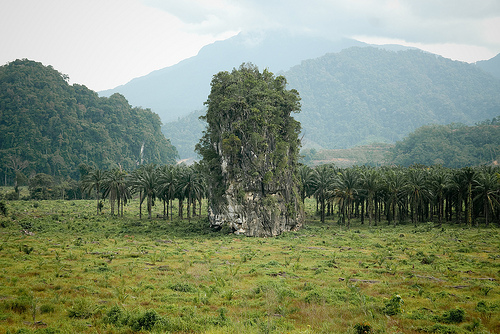QUESTION:
When did malaria happen?
ANSWER:
It is believed that Plasmodium, the parasite which causes malaria in a wide variety of animals, first evolved in reptiles. Even today, reptiles are infected by species of Plasmodium that are related to those that infect humans. The parasite probably then evolved to infect birds, and then, more recently, to infect mammals. Many mammals can be infected with malaria-like parasites, but most commonly rodents (like rats and mice) and primates (including humans).
The exact origins of human malaria are less clear, and indeed, there are several different types of malaria, caused by different Plasmodium species, so it would be expected that there were different evolutionary origins for these different types. The most common and deadly form of human malaria, P. falciparum, was long believed to have crossed over about 500,000 years ago from a closely related chimpanzee malaria species called P. reichnowi, and evolved to infect humans.
However, a recent paper in Nature (Liu et al., “Origin of the human malaria parasite Plasmodium falciparum in gorillas,” in volume 467 and pages 420-425) has used molecular evidence, from almost 3000 samples and several genetic regions, has instead suggested that P. falciparum evolved from a type of malaria which is found in western lowland gorillas. However, the paper did not remark on when this cross-over might have occurred. No doubt more studies will be done on this subject in the near future, which will give us a better idea of when the first cases of truly “human” malaria might have occurred!
